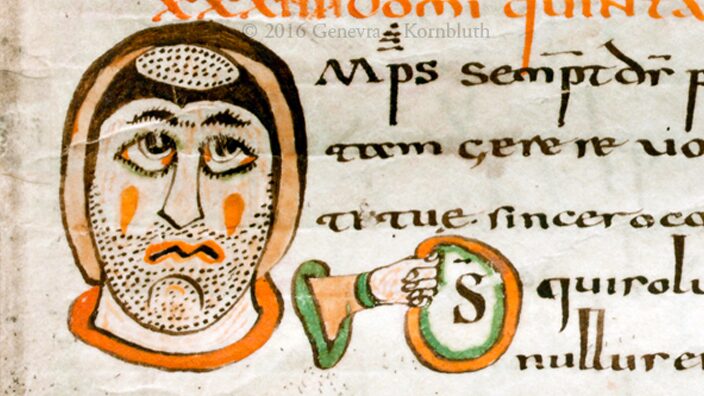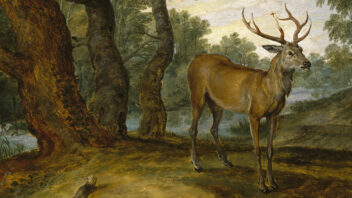NWO Grant for Anonymous Medieval Authors Project
A team led by Irene van Renswoude has been awarded a grant by the Dutch Research Council (NWO) to conduct further research into anonymous knowledge in early medieval manuscripts (750–1000). Expanding the ongoing Anonymous Knowledge project, this new study will focus specifically on anonymous authors and their readers.
Irene van Renswoude’s team is part of the Knowledge and Art Practices research group at the Huygens Institute, and is joined by Carine van Rhijn from Utrecht University and Sebastiaan van Daalen from the Digital Infrastructure department (HuC). In addition to traditional research methods, the team will make use of digital technologies and specially developed software, an area of expertise at the Huygens Institute.
No ‘Aug34’ or ‘AnonymusX’
In the internet age, “username unknown” may seem like a modern phenomenon, but it is not. Even in early medieval manuscripts, the vast majority of texts were written by individuals whose names remain unknown. The difference is that, in the Middle Ages, anonymous writers usually left no trace at all: no signature, initials, or alias such as ‘Aug34’ or ‘AnonymusX’.
Fake Knowledge
As is the case today, the question arises whether nameless writers were considered reliable, and whether their texts were trusted by readers. The research team aims to understand how people in the early Middle Ages dealt with knowledge derived from anonymous texts. Did these unnamed authors sometimes feel free to take liberties with the facts? And were readers of the time equally alert to disinformation, misinformation, and fake knowledge? Or did they approach these matters with entirely different assumptions?
A More Inclusive Picture
Most research into early medieval texts focuses on authors whose names are known. As a result, vast quantities of anonymous texts are often ignored or overlooked, presenting a limited view of early medieval culture. With this project, the team seeks to provide a more complete and inclusive picture of how knowledge was produced, circulated, and received during this period.
Disclaimers in the Margins
To achieve this, the team will examine a range of early medieval library collections, manually and digitally, to identify patterns of authorship and anonymity. Were there perhaps unwritten rules determining whether or not a name should be mentioned? By analysing what is written alongside the main text, such as marginal notes, scribbles and doodles, the researchers hope to uncover how readers reacted to anonymous texts. Did they attempt to tag a known author nonetheless? Or did they perhaps jot down a disclaimer in the margins?

Illustration in the margin of a French manuscript from around 780-800.




